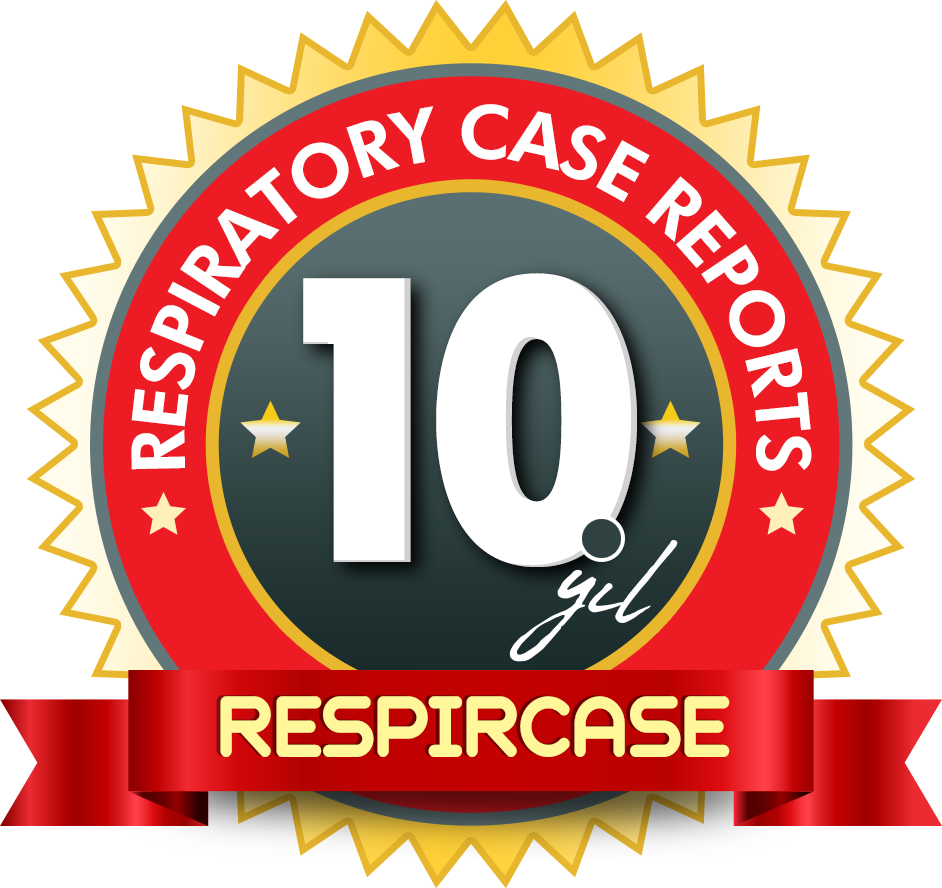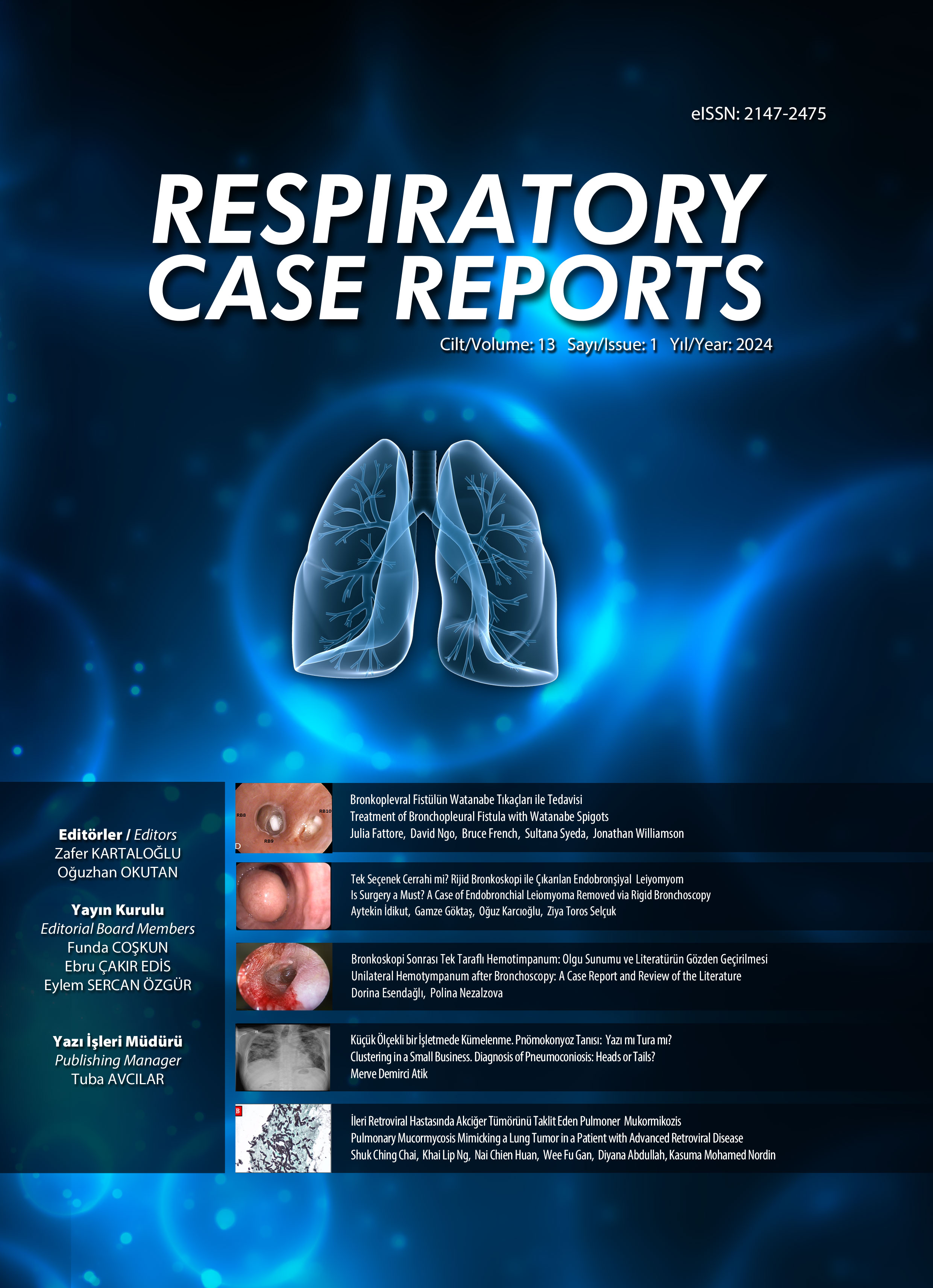

Hiperkapnik Solunum Yetmezliği ve Yüksek Akım Nazal Oksijen Tedavisi
Fatma İrem Yeşiler1, Deniz Kosovalı2, Ümit Gökhan Şendur3, Abdülhamit Sutukoğlu3, Mustafa Kemal Bayar41Başkent Üniversitesi Tıp Fakültesi, Anesteziyoloji ve Reanimasyon Anabilim Dalı, Yoğun Bakım Bilim Dalı, Ankara2Malatya Eğitim Ve Araştırma Hastanesi, Yoğun Bakım Ünitesi, Malatya
3Şanlıurfa Eğitim Ve Araştırma Hastanesi, İç Hastalıkları Kliniği, Şanlıurfa
4Ankara Üniversitesi Tıp Fakültesi, Anesteziyoloji Ve Reanimasyon Anabilim Dalı, Yoğun Bakım Bilim Dalı, Ankara
Akut hipoksemik solunum yetmezlikli hastalarda, konvansiyonel oksijen tedavisi yerine son yıllarda ısıtılmış ve nemlendirilmiş yüksek akımda oksijenin nasal kanülle (HFNC) uygulanması popülarite kazanmıştır. Bu uygulama ile anatomik ölü boşluk, nazofaringeal direnç azalması, pozitif ekspiratuar basınç etki ve alveoler rekrütment sağlanır. Hastaların konforu ve toleransını arttırdığı, solunum işini ve sayısını azalttığı ve değişik etyolojilere bağlı solunum yetersizliklerinde solunum desteğini arttırma gereksinimini azalttığı saptanmıştır. Hiperkapnik solunum yetmezlikli hastalarda da solunum işini, solunum sayısını azalttığını, ventilasyon etkinliğini, tidal volümü ve egzersiz toleransını arttırdığını gösteren çalışmalar mevcuttur. İki olgumuzu da kronik obstrüktif akciğer hastalığına bağlı hiperkapnik solunum yetmezliğinde noninvaziv mekanik ventilasyon tedavisinin etkin olmadığı durumlarda yüksek akımda oksijenin nasal kanülle uygulanmasının etkinliğini göstermek ve kullanımına yönelik farkındalığı arttırmak amacıyla sunuyoruz.
Anahtar Kelimeler: Hiperkapnik solunum yetmezliği, tip 2 solunum yetmezliği, kronik obstrüktif akciğer hastalığı (KOAH), obstrüktif akciğer hastalığı, yüksek akım nasal oksijen (HFNC)Hypercapnic Respiratory Failure and High Flow Nasal Oxygen Therapy
Fatma İrem Yeşiler1, Deniz Kosovalı2, Ümit Gökhan Şendur3, Abdülhamit Sutukoğlu3, Mustafa Kemal Bayar41Department of Anesthesiology and Reanimation, Intensive Care Unit, Baskent University, Ankara, Turkey2Department Of Intensive Care Unit, Malatya Education And Research Hospital, Malatya,turkey
3Department Of Internal Medicine, Sanliurfa Education And Research Hospital, Sanliurfa, Turkey
4Department Of Anesthesia And Reanimation, Intensive Care Unit, Ankara University, Ankara, Turkey
The use of heated and humidified high-flow nasal cannula oxygen (HFNC) is increasingly popular in place of conventional oxygen therapy for patients with acute hypoxemic respiratory failure. HFNC oxygen rapidly alleviates symptoms of respiratory distress and the effort to breathe through several mechanisms, including dead space washout, reduction in inspiratory nasopharyngeal resistance, and a positive airway pressure effect that may generate alveolar recruitment. HFNC oxygen increases the comfort and tolerance of patients and reduces the requirement for respiratory support in patients with respiratory failure. Several studies have shown that HFNC oxygen may also reduce breathing effort and respiratory rate, and increase alveolar ventilation, tidal volume, and exercise tolerance in patients with hypercapnic respiratory failure. Presently described are 2 cases in which a HFNC system was used to successfully manage hypercapnic respiratory failure secondary to chronic obstructive pulmonary disease in 2 patients unable to tolerate conventional noninvasive mechanical ventilation. This report is presented in order to draw attention to the use of HFNC oxygen in patients with hypercapnic respiratory failure.
Keywords: Hypercapnic respiratory failure, Type 2 respiratory failure, chronic obstructive pulmonary disease (COPD), obstructive pulmonary disease, high flow nasal oxygen (HFNC)Sorumlu Yazar: Fatma İrem Yeşiler, Türkiye
Makale Dili: Türkçe











